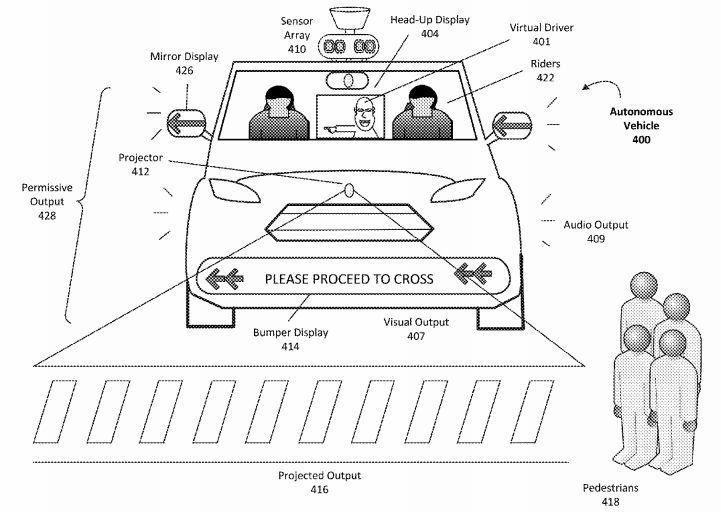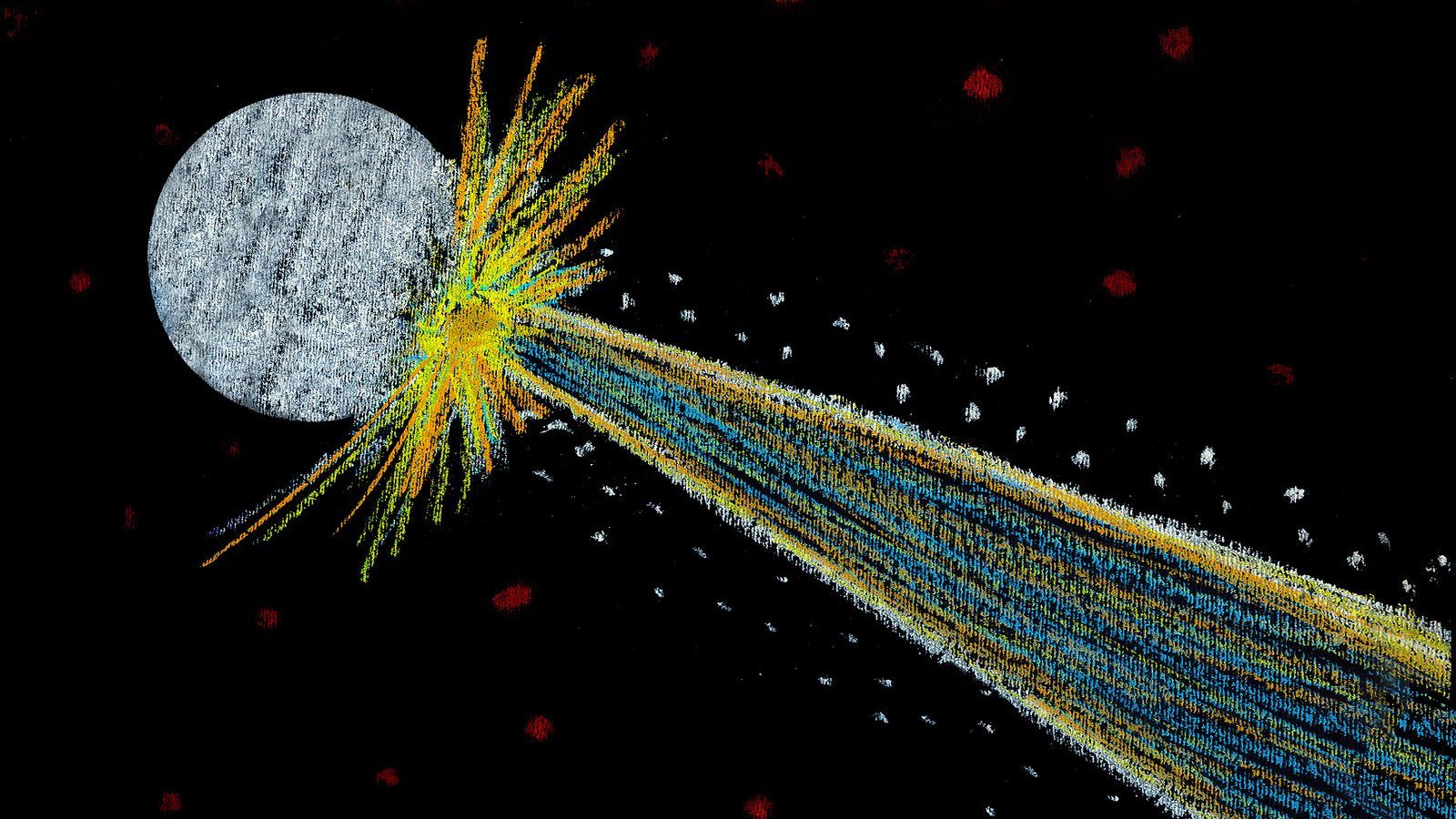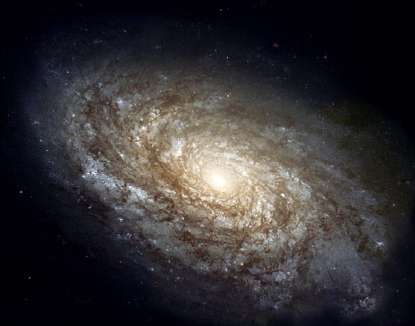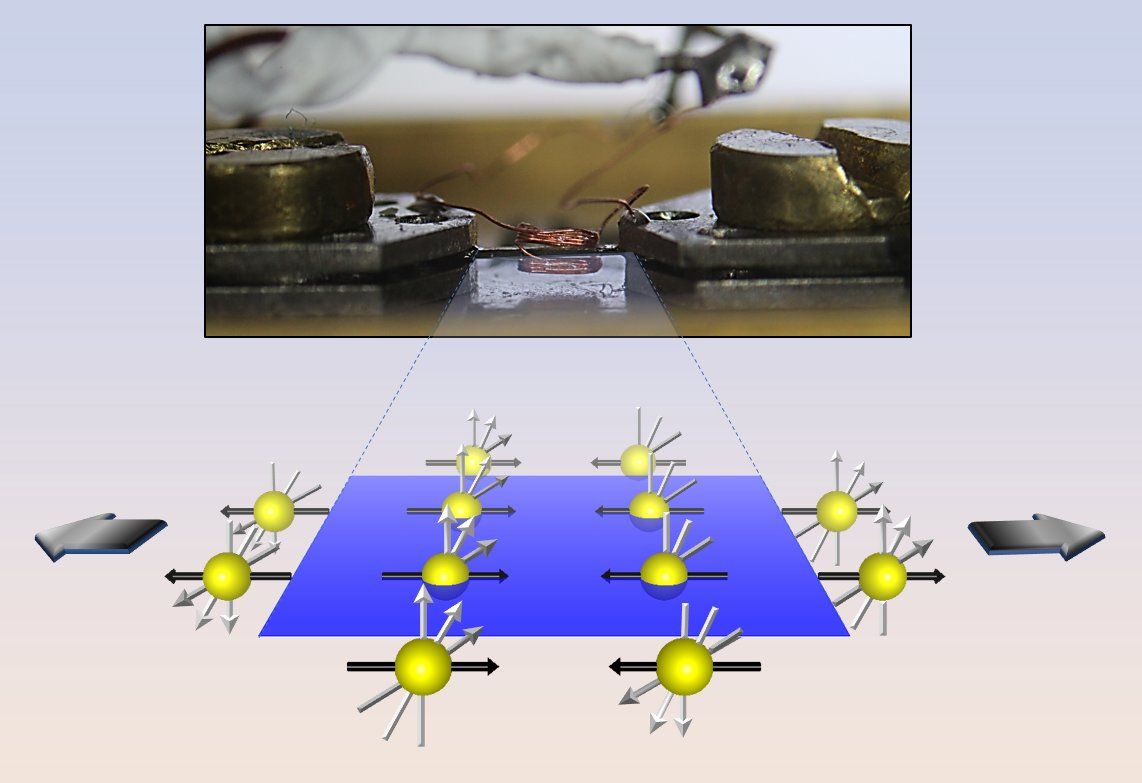Page 9852
Mar 18, 2018
3.0-magnitude earthquake rattles parts of central Oklahoma
Posted by Genevieve Klien in category: futurism
LANGSTON, Okla. (AP) — A 3.0-magnitude earthquake has shaken parts of central Oklahoma.
The U.S. Geological Survey says the quake was recorded at 1:50 p.m. Sunday about 9 miles (15 kilometers) north-northwest of Langston, which is about 43 miles (69 kilometers) north-northwest of Oklahoma City. The temblor was recorded at a depth of about 3 miles (5.5 kilometers).
No injuries or damage were reported. Geologists say damage is not likely in earthquakes below magnitude 4.0.
Continue reading “3.0-magnitude earthquake rattles parts of central Oklahoma” »
Mar 18, 2018
Uber patent application discusses intention signaling system
Posted by Saúl Morales Rodriguéz in categories: robotics/AI, transportation
Reaching the highest levels of safety for self-driving cars will depend on how well the cars are engineered to know when communications are needed, and to be able to communicate with other cars, with bikes, with people on foot. Where to go? When to walk?
Uber Technologies has filed a patent toward that end, with a discussion on how self-driving cars might communicate with pedestrians.
The patent title is “Light output system for a self-driving vehicle.” The patent applicant is Uber Technologies.
Continue reading “Uber patent application discusses intention signaling system” »
Mar 18, 2018
A painkiller more powerful than morphine is extracted from snail venom
Posted by Ian Hale in category: futurism
Mar 18, 2018
Russian Scientists Are Devising a Plan to Nuke Asteroids
Posted by Genevieve Klien in categories: nuclear energy, physics, space
You may have thought, “Hey, if we’re threatened by an incoming asteroid, we should just nuke it!” You’re not alone: a team of Russian scientists are working on a plot to do so, by detonating miniature asteroids in a lab.
In fact, several groups of researchers are now toying with the idea of asteroid nuking for the sake of planetary defense. The Russian team has even calculated about how much firepower they’d need to perform such a feat.
According to the translated paper published in the Journal of Experimental and Theoretical Physics: “Given the scale factor and the results of laboratory experiments, the undeniable destruction of a chondritic asteroid 200 m in diameter by a nuclear explosion with an energy above 3 Mt was shown to be possible.”
Continue reading “Russian Scientists Are Devising a Plan to Nuke Asteroids” »
Mar 18, 2018
New technique based on AI finds 6,000 new craters on Moon
Posted by Genevieve Klien in categories: robotics/AI, space
Scientists have mapped 6,000 new craters on the Moon with the help of a newly developed technique based on artificial intelligence (AI).
“When it comes to counting craters on the Moon, it’s a pretty archaic method,” said Mohamad Ali-Dib from the University of Toronto, Scarborough in Canada.
“Basically we need to manually look at an image, locate and count the craters and then calculate how large they are based off the size of the image. Here we’ve developed a technique from artificial intelligence that can automate this entire process that saves significant time and effort,” Ali-Dib said.
Continue reading “New technique based on AI finds 6,000 new craters on Moon” »
Mar 18, 2018
Brainless Embryos Suggest Bioelectricity Guides Growth
Posted by Genevieve Klien in category: neuroscience
Researchers are building a case that long before the nervous system works, the brain sends crucial bioelectric signals to guide the growth of embryonic tissues.
Mar 18, 2018
India: Latest News Headlines, Breaking News & Live Updates on Politics, Business, Sports, Bollywood at Daily News & Analysis
Posted by Genevieve Klien in categories: business, space
All galaxies, no matter how big they are, rotate once every billion years, astronomers have discovered. The Earth spinning around on its axis once gives us the length of a day, and a complete orbit of the Earth around the Sun gives us a year. “It’s not Swiss watch precision. But regardless of whether a galaxy is very big or very small, if you could sit on the extreme edge of its disk as it spins, it would take you about a billion years to go all the way round,” said Gerhardt Meurer, from of the International Centre for Radio Astronomy Research (ICRAR) in Australia.
By using simple maths, you can show all galaxies of the same size have the same average interior density. “Discovering such regularity in galaxies really helps us to better understand the mechanics that make them tick — you won’t find a dense galaxy rotating quickly, while another with the same size but lower density is rotating more slowly,” Meurer said.
Researchers also found evidence of older stars existing out to the edge of galaxies. “Based on existing models, we expected to find a thin population of young stars at the very edge of the galactic disks we studied,” Meurer said.
Mar 18, 2018
The power of quantum technology in 2018
Posted by Genevieve Klien in categories: computing, encryption, quantum physics
The power of quantum technology in 2018: how does this develop nowadays
Quantum technology is a new field in physics, derived from quantum physics and, especially, quantum mechanics and it transposes their principles into every day use applications such as quantum computers, quantum cryptography or quantum imaging. Ever since the study of quantum technology has been taking very seriously across the globe, a lot of new technologies and applications were developed to make our lives easier, faster and more secure.
Quantum technology still needs to be promoted.
Mar 18, 2018
Piezomagnetic material changes magnetic properties when stretched
Posted by Genevieve Klien in categories: materials, physics
Piezoelectric materials, which generate an electric current when compressed or stretched, are familiar and widely used: think of lighters that spark when you press a switch, but also microphones, sensors, motors and all kinds of other devices. Now a group of physicists has found a material with a similar property, but for magnetism. This “piezomagnetic” material changes its magnetic properties when put under mechanical strain.
“Piezomagnetic materials are rarely found in nature, as far as I’m aware,” said Nicholas Curro, professor of physics at UC Davis and senior author of a paper on the discovery published March 13 in the journal Nature Communications.
Curro and colleagues were studying a barium-iron-arsenic compound, BaFe2As2, that can act as a superconductor at temperatures of about 25 Kelvin when doped with small amounts of other elements. This type of iron-based superconductor is interesting because although it has to be kept pretty cold to work, it could be stretched into wires or cables.
Continue reading “Piezomagnetic material changes magnetic properties when stretched” »


















